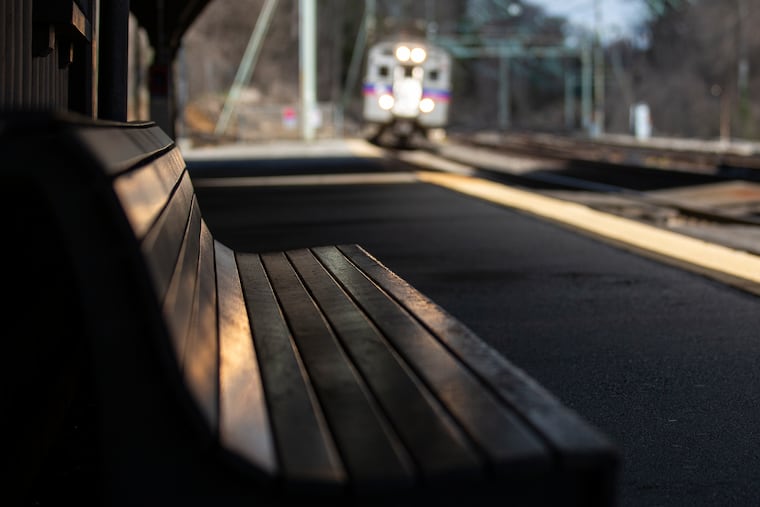SEPTA is running out of federal pandemic relief and expects this to be its ‘last budget without service cuts and fare increases’
SEPTA expects to have spent the last of its federal COVID relief money by next April. Officials say it must find a way to fill a $240 million yearly gap to maintain service levels.

SEPTA’s new $1.7 billion operating budget promises no fare increases for a sixth straight year, a second free transfer for riders, and access to city Regional Rail stations for holders of monthly and weekly transit passes.
Spending would increase 4.7% in fiscal year 2024, which begins July 1, under the plan the transit agency released Wednesday. Revenue growth of 12% over the previous year from a variety of sources helped the budget makers, officials said.
But a rougher road lies ahead.
“This proposal uses SEPTA’s final installment of federal COVID relief funding,” authority General Manager and CEO Leslie S. Richards said in an interview. Budget officials expect the last $312 million of relief money to be exhausted by April 2024.
That could cause a $240 million structural deficit in the agency’s budget in 2025 and after.
“So this will be the last budget without service cuts and fare increases unless SEPTA receives additional support from our funding partners,” Richards said.
That would mean more money from Philadelphia and the four other counties in SEPTA’s service area, she said, adding that state lawmakers are discussing enabling legislation to allow county governments to impose local taxes to support transit across Pennsylvania. That option was recommended in a 2021 report by a state commission on ways to fund future transportation needs.
It is unclear if there are any concrete plans to replace transit funding lost when the state switched from Pennsylvania Turnpike payments to the motor vehicle sales tax last year.
Here are some highlights of the budget proposal:
SEPTA will allow riders a second free transfer if its board approves the budget. The authority announced a free first-transfer policy in 2020. Officials hope that the new benefit will attract more riders to the system and say it will help when the bus network redesign, which encourages more transfers to speed up trips, is implemented next year. A second free transfer would cost SEPTA about $1 million a year in lost fare income, said Erik Johanson, senior director of budgets and transformation.
Operating revenue rose 12% from last year from earnings on investments, SEPTA’s first-ever bond issue under a new state law and $38 million in the efficiency and accountability program that uses employee ideas to save money, Johanson said. One of those initiatives leveraged $16 million more from PennDot for the on-demand Shared-Ride program for seniors by increasing support from the Philadelphia Department of Aging, he said.
Increased spending will support recruitment and retention efforts as SEPTA seeks to address critical worker shortages for bus and trolley operators, transit police and other jobs, the budget says. It also anticipates an increase in costs for SEPTA’s public-safety and outreach programs launched in response to issues with homelessness and drug use on subway lines.
TransPass holders will be able to use their passes on Regional Rail to access 24 stations in Zone 1, which includes the stops in the city. The pass holders will also be able to use the popular Airport Regional Rail line, the budget says. TransPasses have been for travel on buses, trolleys, and subways — but not Regional Rail. Richards said the changes are a first step in the agency’s planned “reimagining” of the service, which was built around traditional suburb-to-downtown commuters.